Outdoor spaces are more than just lawns and gardens; they represent an extension of our living environment, and when designed and utilized correctly, they can significantly enhance our lives. As the popularity of outdoor living continues to grow, homeowners and landscape designers alike are becoming more intentional in creating dynamic and functional outdoor spaces.
In this blog post, we will explore the power of outdoor spaces and how they can be transformed into architectural extensions of our homes, making our living spaces even more enjoyable and valuable.
Collaborate with a Pro
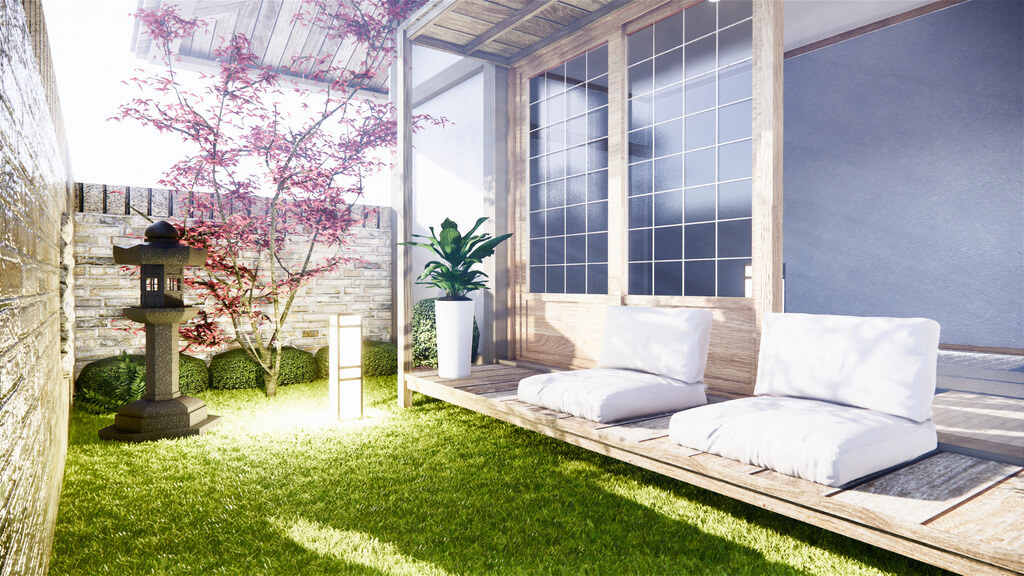
To create an outdoor space that seamlessly connects with your home, it’s essential to work with a professional residential landscaping company. They possess the skills, knowledge, and experience needed to design a landscape that complements your home’s architecture and meets your lifestyle needs.
By collaborating with a landscaping expert, you can ensure that your outdoor space not only looks stunning but also functions as an extension of your living area.
Create Cohesive Outdoor Rooms
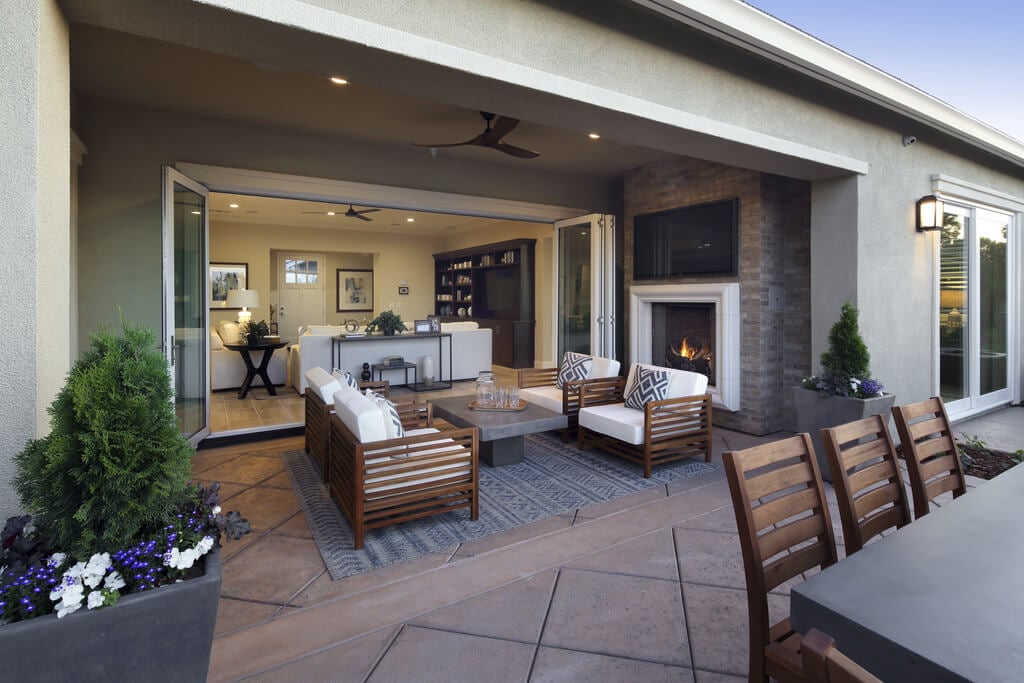
Think of your outdoor space as a series of rooms, each with its unique purpose and ambiance. You can create cohesion between these spaces by using similar design elements, materials, and color palettes.
This helps to establish a sense of continuity between your indoor and outdoor living areas, making your landscape feel like an extension of your home. Consider incorporating outdoor kitchens, dining areas, and lounge spaces for a versatile and functional outdoor experience.
Integrate Indoor-Outdoor Living
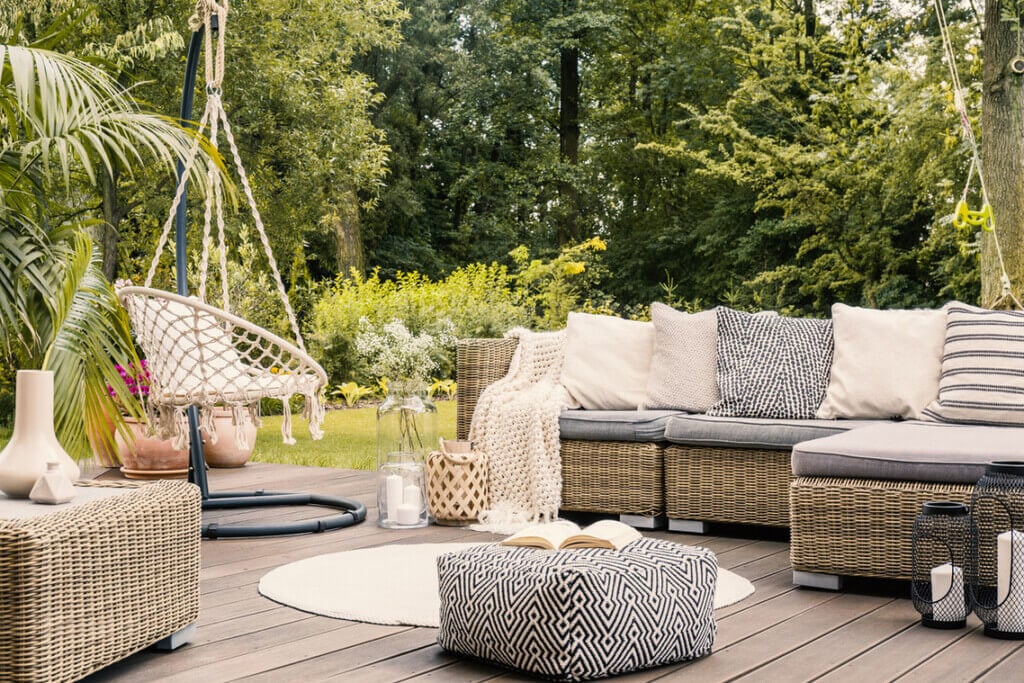
To truly transform your landscape into an architectural extension of your home, you must establish a strong connection between your indoor and outdoor spaces. This can be achieved by incorporating large sliding doors or folding glass walls that help to blur the boundaries between your living room and your patio or deck.
Also, consider using similar materials, colors, and textures both indoors and outdoors, creating a cohesive aesthetic that unifies the two areas.
Maximize Natural Elements
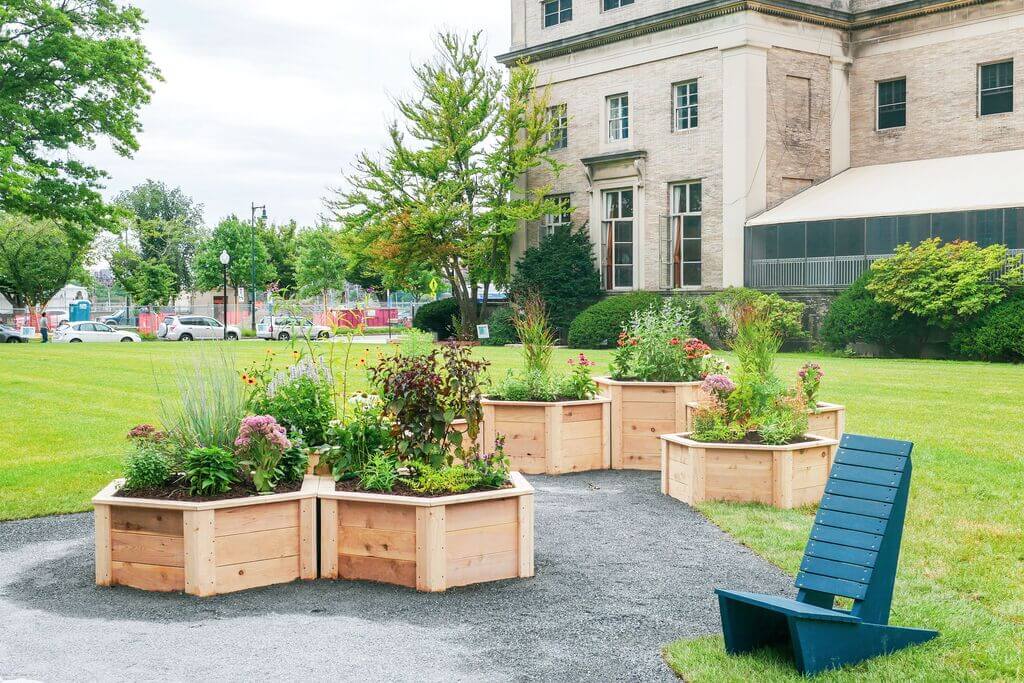
Embrace the natural beauty of your surroundings by incorporating elements such as water features, fire pits, and native plants into your outdoor space. These elements not only add aesthetic appeal but also help to create a relaxing and serene atmosphere, perfect for unwinding after a long day.
Additionally, make use of your property’s unique features, such as sloping terrain or mature trees, to create focal points or to inform the design of your outdoor rooms.
Prioritize Sustainability
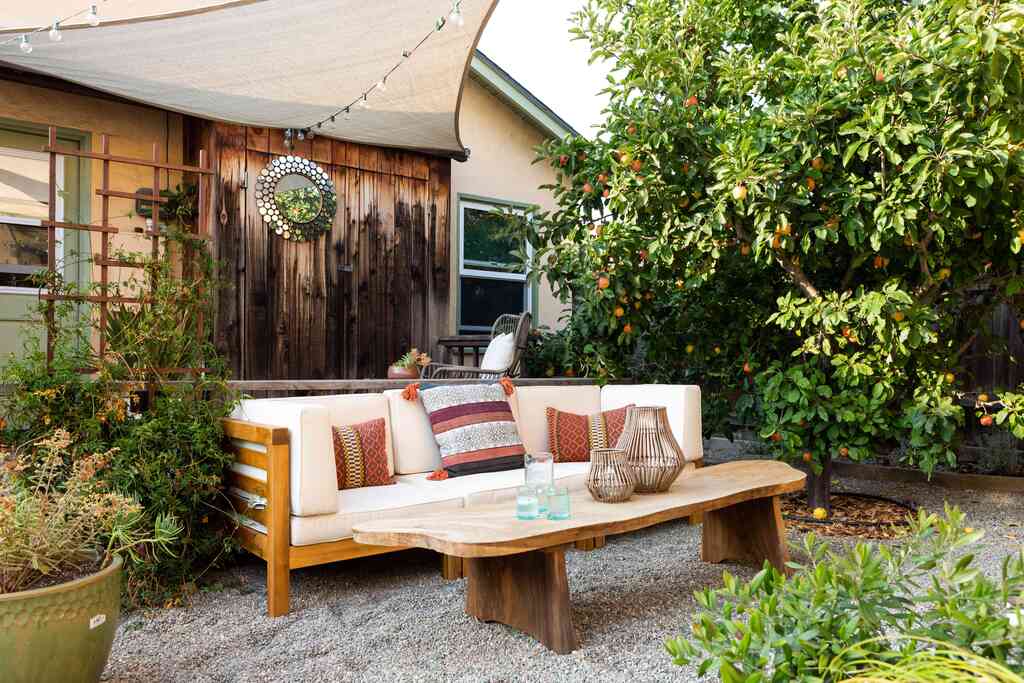
An essential aspect of transforming your landscape into an architectural extension is ensuring that it is sustainable and environmentally friendly. This can be achieved by selecting native plants, using permeable paving materials, and implementing water-saving irrigation systems.
Moreover, consider using energy-efficient lighting and incorporating recycled materials into your outdoor space design, such as repurposed wood or reclaimed bricks.
Incorporate Functional Lighting

A well-lit outdoor space can dramatically enhance its usability and ambiance. Plan your outdoor lighting strategically to create a sense of warmth and depth, while also highlighting key features and ensuring the safety of your family and guests.
Use a mix of ambient, task, and accent lighting to achieve the desired effect and create a functional and inviting space that can be enjoyed both during the day and at night.
Personalize Your Space

Your outdoor space should be a reflection of your personality and lifestyle, so take the time to personalize it with unique features and design elements. This can include custom seating areas, artistic installations, or even a specially designed garden bed that showcases your favorite plants.
By adding personal touches to your outdoor space, you can transform it into an area that truly feels like an extension of your home.
Embrace Flexibility and Adaptability
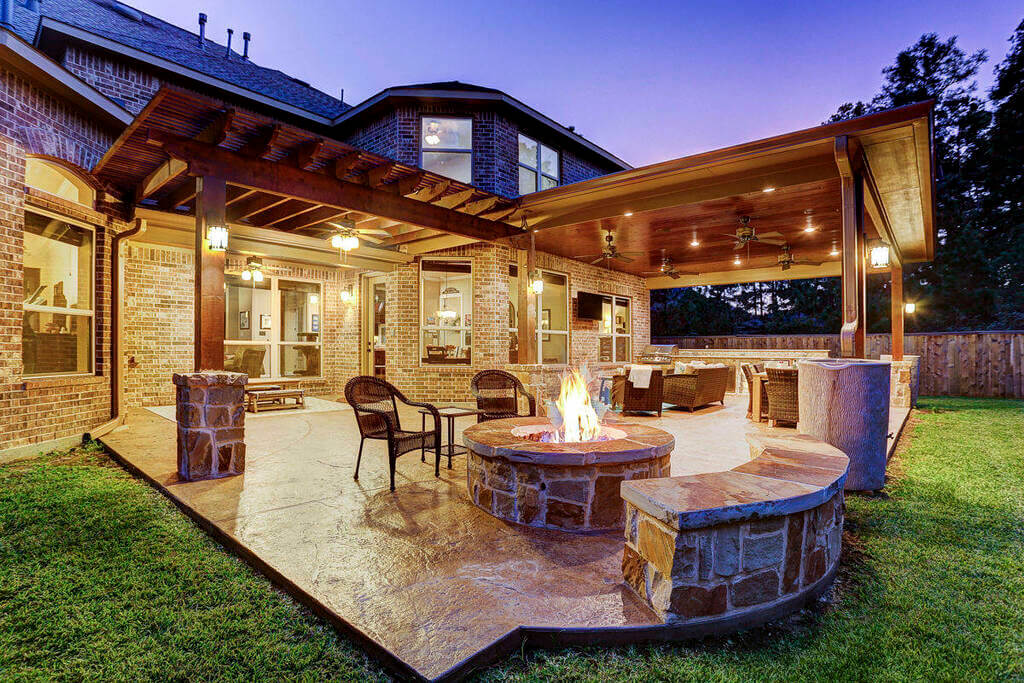
As our lifestyles and needs change over time, it’s essential to create an outdoor space that can easily adapt to these changes. Incorporate flexible design elements, such as modular furniture, movable planters, and multipurpose spaces that can accommodate a variety of activities and functions.
By designing your landscape with flexibility and adaptability in mind, you’ll ensure that your outdoor space remains relevant and enjoyable for years to come, truly making it an architectural extension of your home.
Conclusion
Transforming your landscape into an architectural extension of your home is a powerful way to enhance your living environment and increase the value of your property. By collaborating with a residential landscaping company, creating cohesive outdoor rooms, integrating indoor-outdoor living, maximizing natural elements, prioritizing sustainability, incorporating functional lighting, and personalizing your space, you can design an outdoor area that not only looks beautiful but also serves as an extension of your indoor living space.
In doing so, you’ll create a harmonious and functional environment that truly celebrates the power of outdoor spaces.
Read More:-

